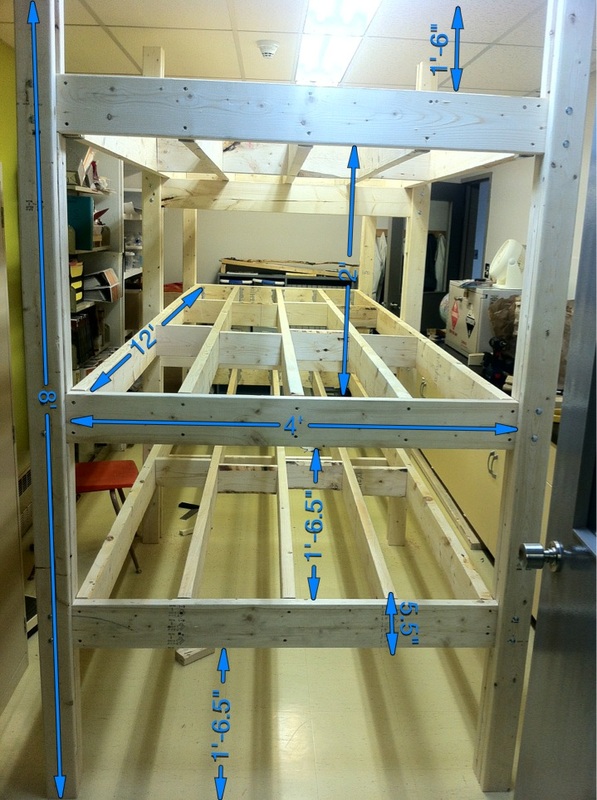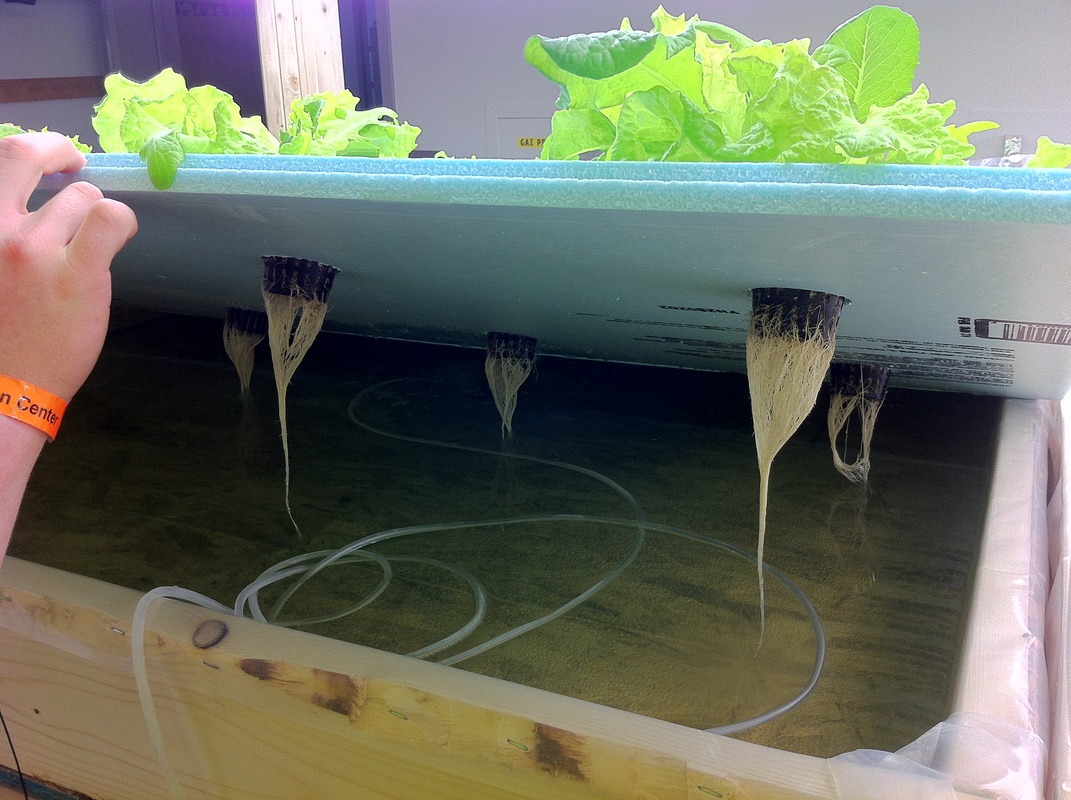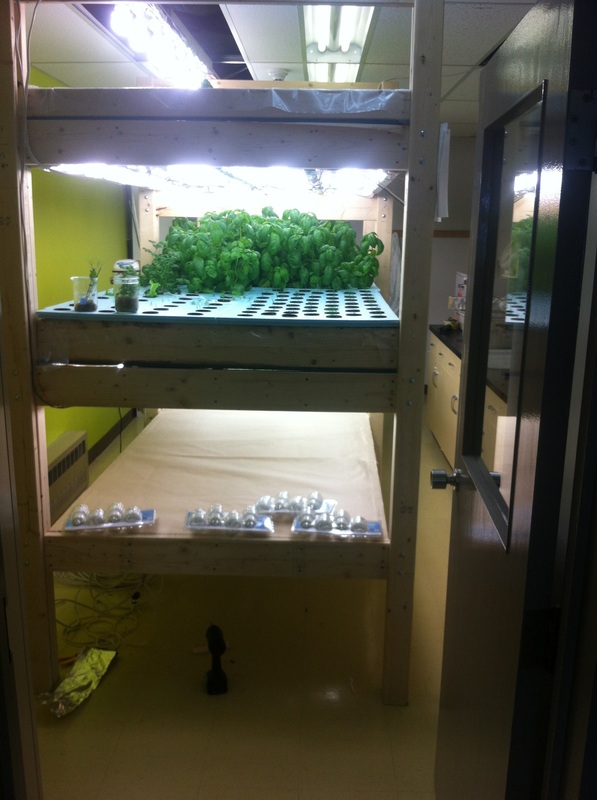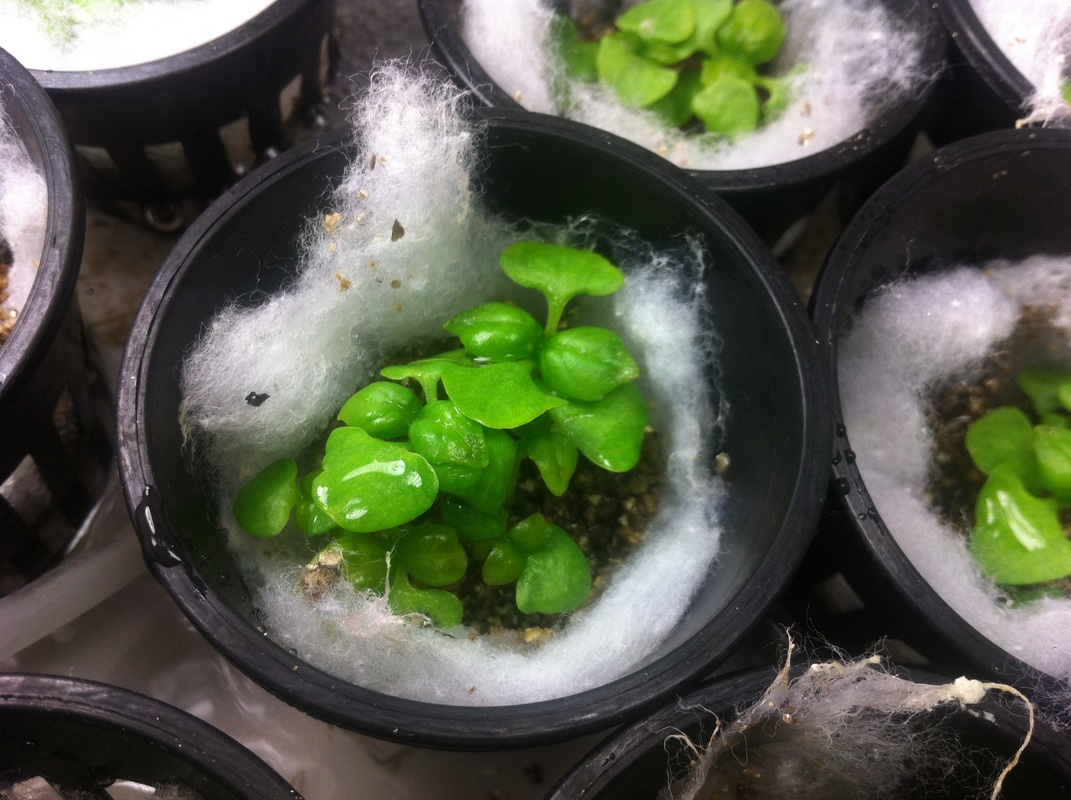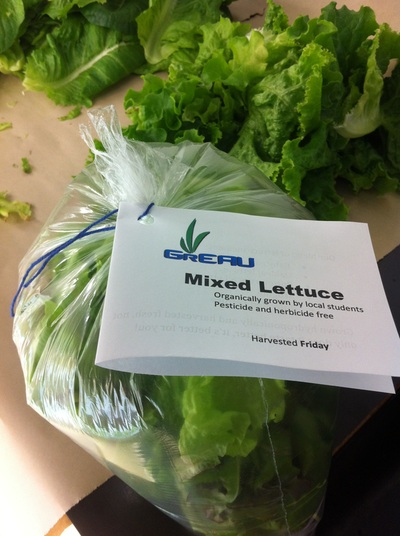Grade 10 and 11 students at the Grosse Île and Entry Island CLC are delving into their island’s past with a folklore-centred film project. The island is considered the second-largest ship graveyard in North America, with around 500 documented shipwrecks – little wonder, then, that the students wanted to create a movie which revolved around the shipwrecks, and the ghost stories that surround them.
As CLC coordinator Nancy Clark explained, the students are “going to go to their families and to some seniors and get the local shipwreck stories, but there’s also a lot of ghost stories around the community, so they’re gonna be learning about the historical stories but then adding the folklore and then they’re making a shipwreck-ghost-horror movie which is completely fictional.” They then plan on submitting the movie but it’s going with the two themes. They will also be submitting to Festifilm, a contest for student-made movies.
Clark, who grew up in Grosse Île and attended the same school where she now works, says that while for the past two years the school has worked on incorporating local history, at first students didn’t know about things she thought were common knowledge — something she thinks comes back to the change in how stories are told and transmitted. “When our ways of life change, so does the transfer of knowledge,” she said. “Just when I was growing up, my grandmother’s house was the centre of our social network and everybody would go there and tell stories all the time, but now if kids are more on their cell phones and their computers, they’re not getting the same storytelling atmospheres around them.”
Clark hopes such projects, in getting students to reconnect with their heritage, will create a sense of belonging and ultimately result in youth retention. She was one of eight students in her graduating high school class, and the only one to return to Grosse Île, something she attributes to her strong sense of home. “I think with our decline in population, with our youth and our incoming generations that we really have to give them that same sense, or there’s no reason for them to stay here,” she said. “There’s not a lot of jobs, you can’t go to a movie theatre, you can’t have things accessible like you would in a town or a city, so you’ve to give them a reason to stay.”

